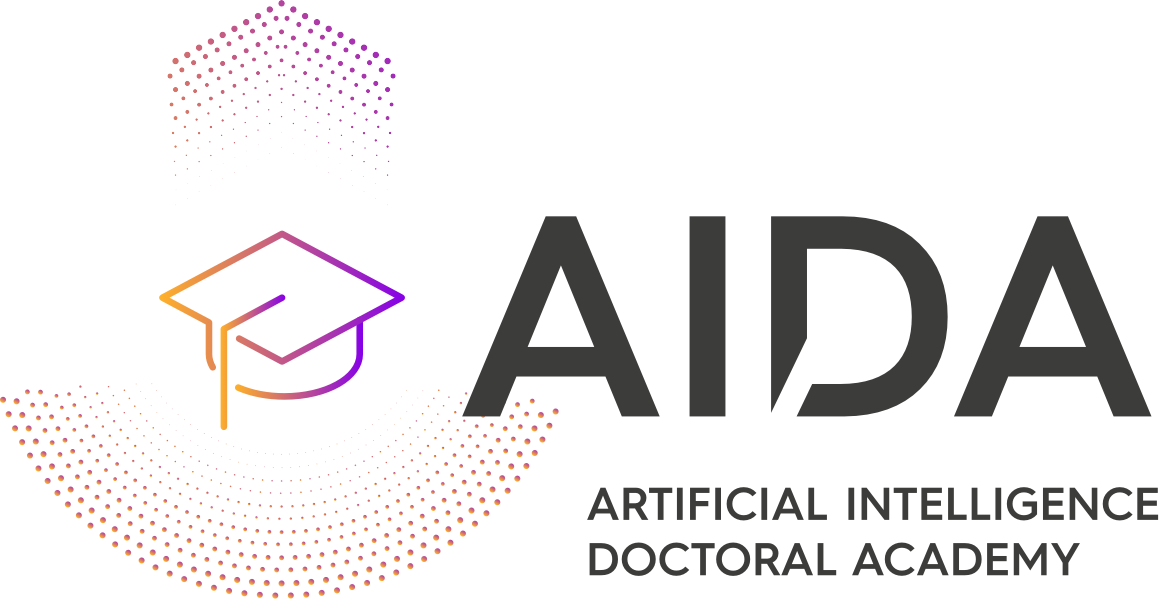Terse notes on Riemannian geometry
The technical report gives a compact introduction into the basic definitions and theorems of Riemannian geometry, Lie groups & Lie algebras and symmetric spaces. Key concepts like smooth manifolds, tangent spaces, geodesics as well as the exponential map and logarithm map are presented.
Learning on manifolds
The conference paper provides a brief introduction into manifolds from a computer vision perspective. Important manifolds for this research field, like symmetric positive definite matrices and affine transformation matrices, are presented. Furthermore, deep learning methods for important applications like motion estimation, affine motion tracking and pose invariant object detection are outlined.
A comprehensive survey of geometric deep learning
The survey provides a comprehensive overview of deep learning methods for geometric data (point clouds, voxels, network graphs etc.). The relevant knowledge and theoretical background of geometric deep learning is presented first. In the following section, different network models for graph and manifold data are reviewed. Finally, applications of these methods in various fields and public datasets are described.
Video Summarization Using Deep Neural Networks: A Survey
Video summarization technologies aim to create a concise and complete synopsis by selecting the most informative parts of the video content. Several approaches have been developed over the last couple of decades and the current state of the art is represented by methods that rely on modern deep neural network architectures. This work focuses on the recent advances in the area and provides a comprehensive survey of the existing deep-learning-based methods for generic video summarization. After presenting the motivation behind the development of technologies for video summarization, we formulate the video summarization task and discuss the main characteristics of a typical deep-learning-based analysis pipeline. Then, we suggest a taxonomy of the existing algorithms and provide a systematic review of the relevant literature that shows the evolution of the deep-learning-based video summarization technologies and leads to suggestions for future developments. We then report on protocols for the objective evaluation of video summarization algorithms and we compare the performance of several deep-learning-based approaches. Based on the outcomes of these comparisons, as well as some documented considerations about the amount of annotated data and the suitability of evaluation protocols, we indicate potential future research directions.
Bridging the Gap: A Survey on Integrating (Human) Feedback for Natural Language Generation
Many recent advances in natural language generation have been fueled by training large language models on internet-scale data. However, this paradigm can lead to models that generate toxic, inaccurate, and unhelpful content, and automatic evaluation metrics often fail to identify these behaviors. As models become more capable, human feedback is an invaluable signal for evaluating and improving models. This survey aims to provide an overview of the recent research that has leveraged human feedback to improve natural language generation. First, we introduce an encompassing formalization of feedback, and identify and organize existing research into a taxonomy following this formalization. Next, we discuss how feedback can be described by its format and objective, and cover the two approaches proposed to use feedback (either for training or decoding): directly using the feedback or training feedback models. We also discuss existing datasets for human-feedback data collection, and concerns surrounding feedback collection. Finally, we provide an overview of the nascent field of AI feedback, which exploits large language models to make judgments based on a set of principles and minimize the need for human intervention.
Representation Learning for Natural Language Processing
Provides a comprehensive overview of the representation learning techniques for natural language processing.
Presents a systematic and thorough introduction to the theory, algorithms and applications of representation learning.
Shares insights into the future research directions for each topic as well as for the overall field of representation learning for natural language processing.


